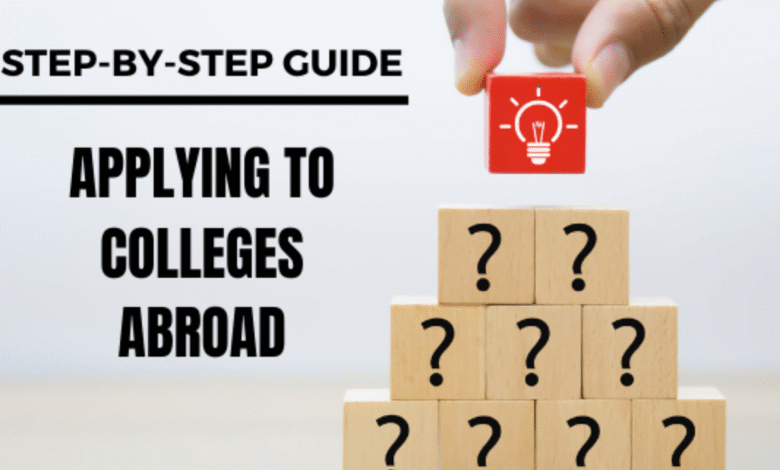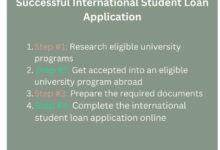Guide to Applying for Undergraduate Programs Abroad
Guide to Applying for Undergraduate Programs Abroad

Studying abroad is a dream for many students. It opens the door to new cultures, better career opportunities, and world-class education. However, the admission process can seem overwhelming if you don’t know where to start. This guide breaks it down into simple, clear steps.
Step 1: Research Universities and Programs
•Identify the country and field of study you are interested in.
•Check university rankings, tuition fees, and available scholarships.
•Shortlist at least 3–5 universities that match your academic goals and budget.
Step 2: Understand Admission Requirements
Each university and country has its own requirements, but common ones include:
•High school transcripts/results (WASSCE, A-Levels, IB, SAT, etc.)
•Proof of English proficiency (IELTS, TOEFL, or Duolingo English Test)
•A valid passport
•Recommendation letters
•A strong personal statement/essay
Step 3: Prepare for Standardized Tests (If Required)
•Some universities require SAT, ACT, or AP exams (especially in the USA).
•English-speaking countries usually ask for IELTS or TOEFL.
•Start preparing early to achieve competitive scores.
Step 4: Gather Necessary Documents
•Academic transcripts and certificates
•Copy of passport (valid for at least 6 months beyond your intended stay)
•Proof of financial support (bank statements or sponsorship letter)
•Personal statement/essay
•CV/Resume (for some programs)
Step 5: Apply Online
•Most universities have online application portals.
•Some countries use a centralized application system:
•UK → UCAS
•USA → CommonApp
•Canada → OUAC (Ontario), ApplyAlberta, or individual portals
•Australia → University websites or centralized state portals
•Pay the application fee (if required).
Step 6: Apply for Scholarships (Optional but Important)
•Check if the university offers scholarships for international students.
•Look for external scholarships (e.g., Chevening, Erasmus+, DAAD, Mastercard Foundation).
•Apply early, as scholarships are competitive.
Step 7: Wait for Admission Decision
•Universities usually respond within weeks to months.
•You may get:
•Conditional Offer → based on pending results.
•Unconditional Offer → if you’ve met all requirements.
Step 8: Apply for a Student Visa
•Once admitted, request your admission letter.
•Prepare visa documents (admission letter, financial proof, passport, medical exams).
•Book an appointment at the embassy/consulate of the country you are going to.
Step 9: Arrange Accommodation & Travel
•Book student housing (on-campus or off-campus).
•Arrange health insurance (some universities/countries make this compulsory).
•Book your flight early.
Step 10: Prepare for Departure
•Attend pre-departure orientations (if offered).
•Pack required academic and personal documents.
•Familiarize yourself with your new country’s culture, rules, and student life.
Final Tip: Start your application process at least 12–18 months in advance to meet all deadlines and increase your chances of success.







